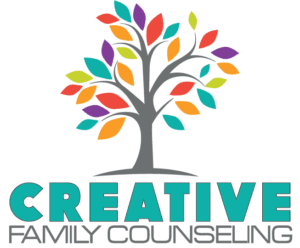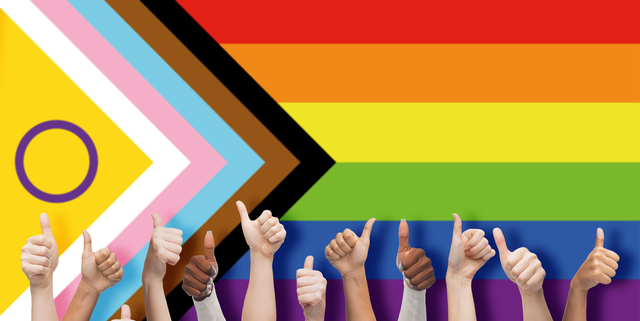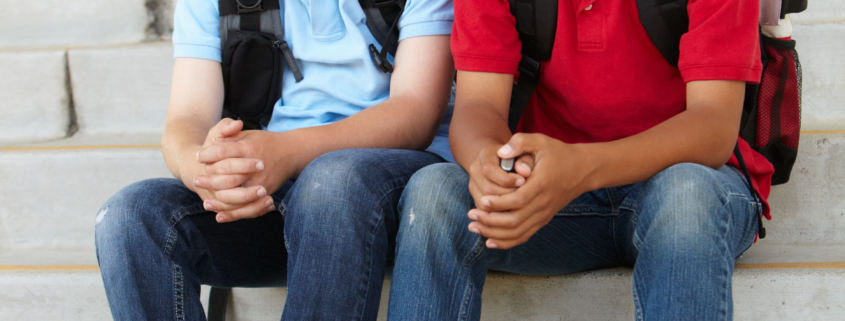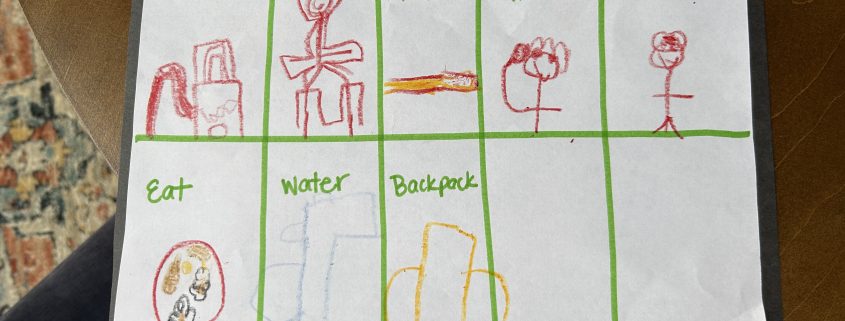Setting Boundaries During the Holiday Season
Is this the “most” time of year for you too? While there are breaks from school (and maybe work too), many of us find our schedules BUSIER than ever with extra holiday celebrations and fun events. A friend shared with me last holiday season that their family had SEVEN family holiday gatherings to attend within a week’s time. She, her partner, and their children were all exhausted and at each other’s throats by the end of it all. It was too much. Here’s an invitation to set some proactive boundaries in your lives now, before the “most” time of year gets the best of you and your family too!










